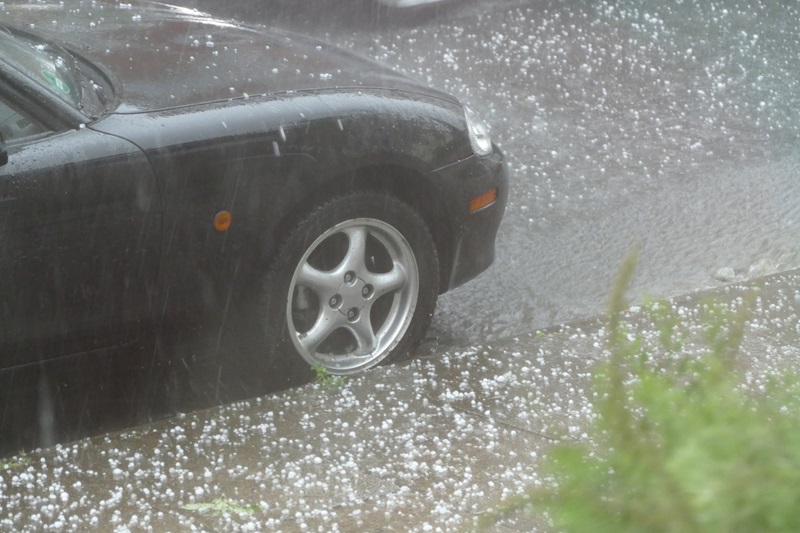Why Calgary’s hailstorm could send more Alberta auto insurers to the exits

Calgary’s record-setting hailstorm in August may send more of the province’s auto insurers heading for the exits, Insurance Bureau of Canada warned Thursday.
“The Calgary hailstorm will add $900 million in unexpected claims cost pressures at a time when Alberta’s auto insurance system is in crisis due to the province’s rate cap,” Aaron Sutherland, IBC’s vice president for the Pacific and Western area explained in a release Thursday.
“Under the rate cap, auto insurers are unable to recover from the growing cost of claims over the past two years. This has created a dire economic environment that has forced several companies to leave Alberta’s auto insurance market, limiting competition and choice for consumers.
“Unless the rate cap is removed, the high number of new claims from the hailstorm will contribute to Alberta’s already tenuous market conditions, which may result in more insurance carriers making a similar exit from the market.”
Overall the Calgary hailstorm, which dropped chicken egg-sized hailstones onto autos and property, created 130,000 insurance claims and about $2.8 billion in damage. More than half those claims — about 70,000 of them — caused estimated claims payments for vehicle damage alone to about $900 million, IBC says.
This is happening at a time when writing auto insurance in Alberta’s private auto market is already unprofitable, which insurers say is due to the province’s 3.7% cap on auto rate increases. Insurers have previously told Canadian Underwriter that the province’s cap on rate increases is pegged to the inflated prices of consumer goods and services, as measured by the Consumer Price Index.
But the inflationary pressures affecting the province’s auto insurers are on supplies and goods unrelated to the CPI. For example, the IBC observes:
Legal costs have grown a projected 19%.
Costs to deliver care and recovery benefits to injured drivers are up about 27%.
The cost of new and used replacement vehicles has grown 27% and 9%, respectively.
The cost of auto theft is up 55%.
Without being able to increase rates to make up for these inflated costs, insurers are either exiting the market (Sonnet Insurance), withdrawing capacity (Aviva), or are losing appetite in writing more auto insurance business in Alberta (Intact).
In other news: Why insurers won their dispute over a $50-million excess policy
Credit ratings agency Morningstar DBRS predicted in July, one month before the Calgary hailstorm, that more insurers would likely exit the province’s auto market because of the cap’s drag on their earnings.
“[A] handful of insurers have left over the past five years,” Morningstar DBRS said in July. “We believe that others may follow.
“Even those who do not have plans to withdraw from the market per se may be implementing cost-savings measures that are reducing the accessibility and availability of auto insurance, given the lower relative profitability of the Alberta auto product and its uncertain future.”
Earlier this year, Alberta’s government commissioned two actuarial studies to come up with long-term solutions. The studies included estimated costs of setting up a public auto insurance regime in the province. Alberta Premier Danielle Smith has since signalled the government will not likely pursue the public auto option.
The government has concluded public consultations based on its commissioned reports. It has suggested auto insurance reform could happen as early as fall 2024.
If it keeps to its timeline, as presented to Alberta insurance brokers earlier this year, the government aims to go live with its auto insurance reform in 2026 or 2027 — just before the next provincial election.
Feature photo courtesy of iStock.com/deepblue4you





